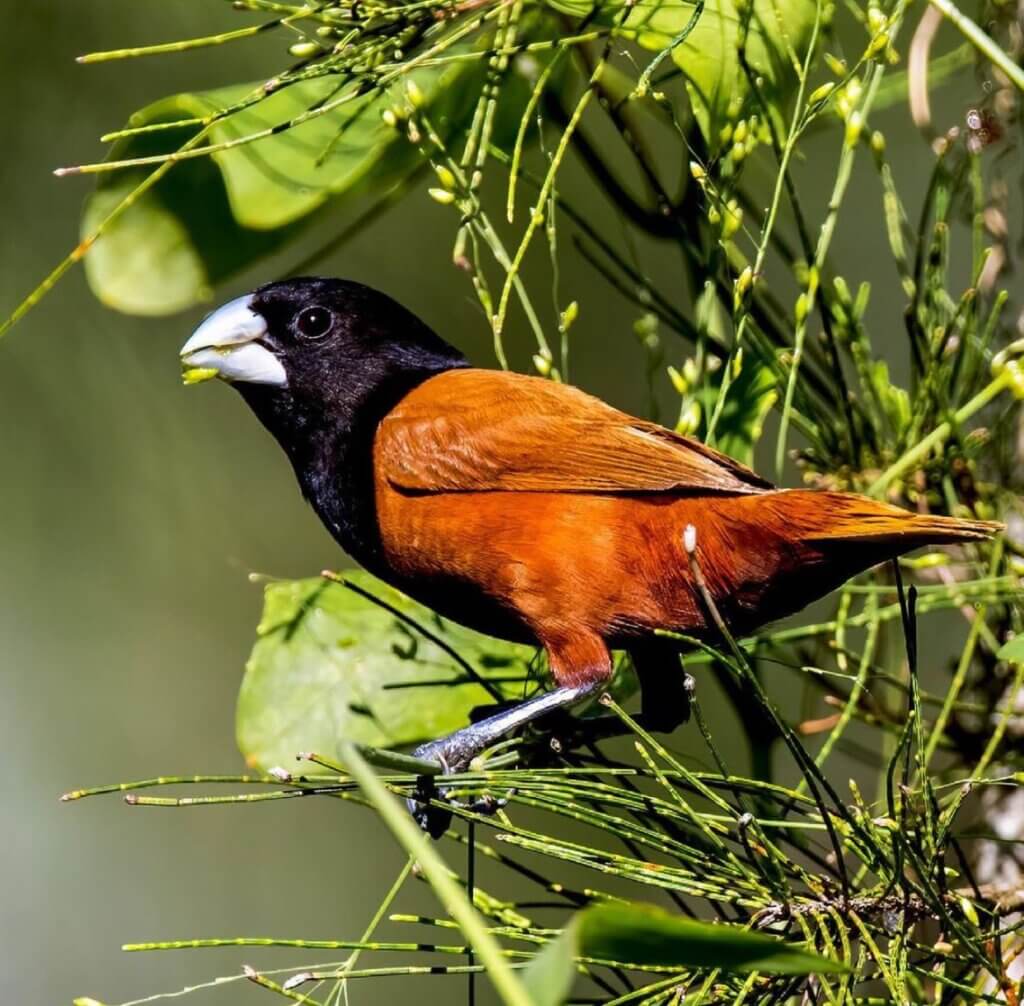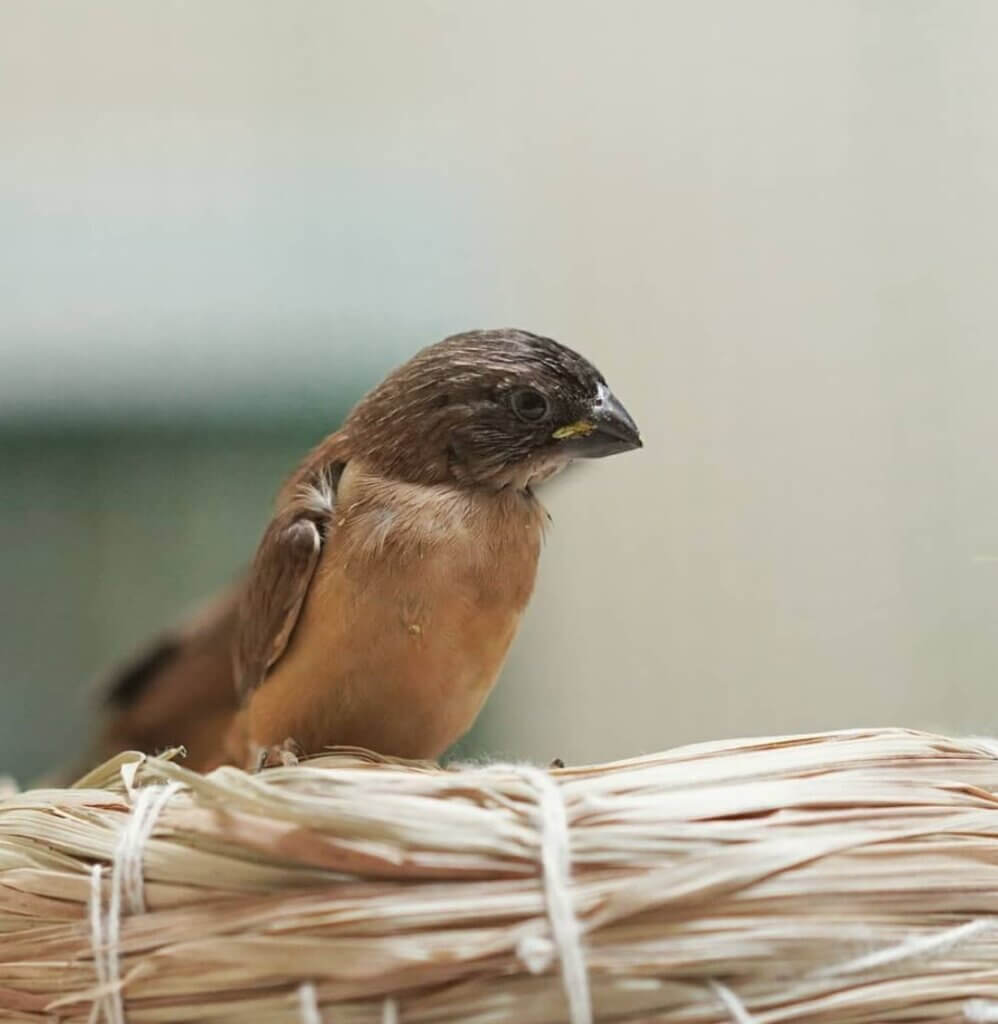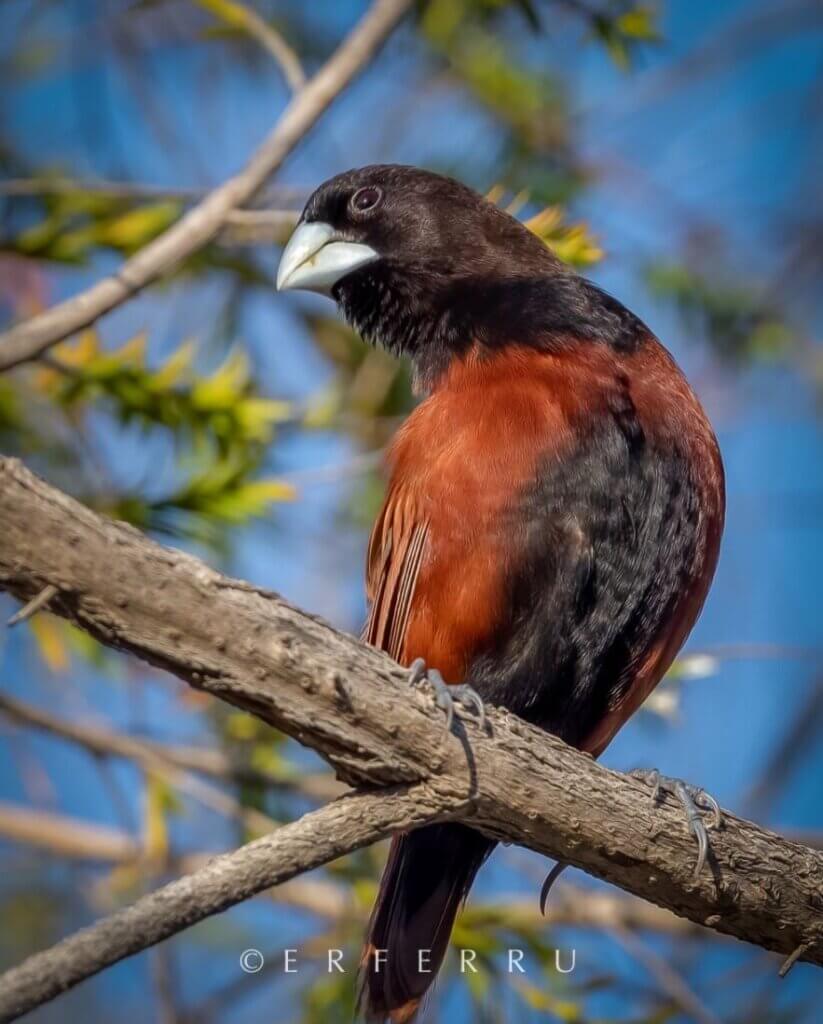Chestnut brown and black can shine. This subtle combination can give a bird a striking look, making it conspicuous in the world of birds. Sometimes, there is no need to be colorful to be noticed. Let's admire beautiful pictures of the chestnut munia below to know why!
This species has a large range. They distribute in Bangladesh, Brunei, Cambodia, and China, as well as many other parts of Southeast Asia. They can also be found in the Greater Antilles and Martinique.
 Image Credits: Johnny Wee – https://www.flickr.com/photos/64684201@N00/229028185/ / CC BY 2.0
Image Credits: Johnny Wee – https://www.flickr.com/photos/64684201@N00/229028185/ / CC BY 2.0
 Image Credits: Instagram/opzjon
Image Credits: Instagram/opzjon
 Image Credits: Instagram/your_best_birds
Image Credits: Instagram/your_best_birds
 Image Credits: Instagram/yuuko2696
Image Credits: Instagram/yuuko2696
https://www.youtube.com/watch?v=9OvCwahU4vQ&feature=emb_logo
This species has a large range. They distribute in Bangladesh, Brunei, Cambodia, and China, as well as many other parts of Southeast Asia. They can also be found in the Greater Antilles and Martinique.
 Image Credits: Instagram/benny.tan.72
Image Credits: Instagram/benny.tan.72
 Image Credits: Instagram/roy_toh
Image Credits: Instagram/roy_toh
 Image Credits: Instagram/matthewkwan.birding
Image Credits: Instagram/matthewkwan.birding
 Image Credits: Instagram/erferru
Image Credits: Instagram/erferru